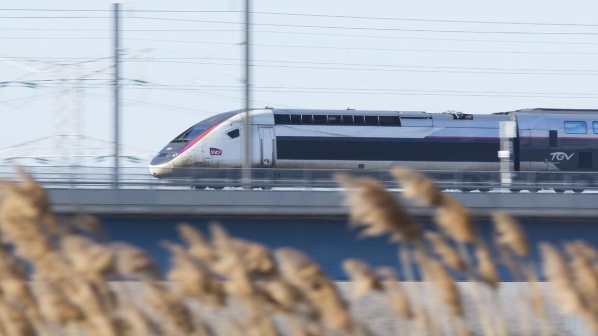Alstom will carry out the design, equipment supply, installation work, tests and maintenance of its Atlas solution, while Setec Ferroviaire will be in charge of design verification, integrated project management and testing.
The Paris - Lyon route is currently the busiest high-speed line in Europe, with 240 trains per day operating along the main section, and demand is forecast to grow further. However, the line is currently at capacity, and SNCF Network has allocated €125m for the LGV+ Paris-Lyon project to modernise the line.
SNCF Network is looking to use new technologies to improve capacity. From 2025, 14 trains will be able to operate in each direction during peak hours, compared with 13 at present, increasing to 16 by 2030 following additional infrastructure work.
The project will also improve the frequency of services and adapt the line’s infrastructure to European interoperability standards.
SNCF Network plans to install computer-based interlocking, as well as by reinforcing the traction power supply system and equipping its infrastructure with technological innovations such as ERTMS Level 2, Centralised Network Control and Operational Traffic Management 2.0.
The Atlas ERTMS Level 2 system for the Paris-Lyon line will be developed at Alstom's centre of excellence for rail signalling systems in Charleroi, Belgium. The project management will be carried out by a dedicated team at Alstom's headquarters in Saint-Oue, Paris, while in the long-term about 60 people at Alstom and Setec Ferroviaire will work on the project.
For detailed information on rail projects around the world, subscribe to IRJ Pro.

